Nintendo Asset Libraries (SM64) - dbc60/Render96Wiki GitHub Wiki
Super Mario 64 retools and reuses artwork from past games and media on several occasions, mainly as decorations for an area. Most source images on this page are 2D illustrations by renowned artist and character designer, Yoichi Kotabe. In the video game scene, Kotabe is best-known for his time working at Nintendo from 1985 to 2007, during which he established the definitive designs for key characters in the Mario series and produced many of the franchise's most iconic illustrations.
Some textures shown on this page are actually groups of multiple textures, creating one large image when viewed in the in-game context of Super Mario 64. After being removed from their in-game context, these textures have been grouped back together into single images and are indicated as such by a "..." in-between the names of the first and last textures of these groups.
Super Mario World scans courtesy of Video Game Art Archive, Dire Dire Docks beta screenshot courtesy of 64History.
The artwork in this section is associated with both games.

| Source Texture | Super Mario 64 | Render96 |
 |
 |
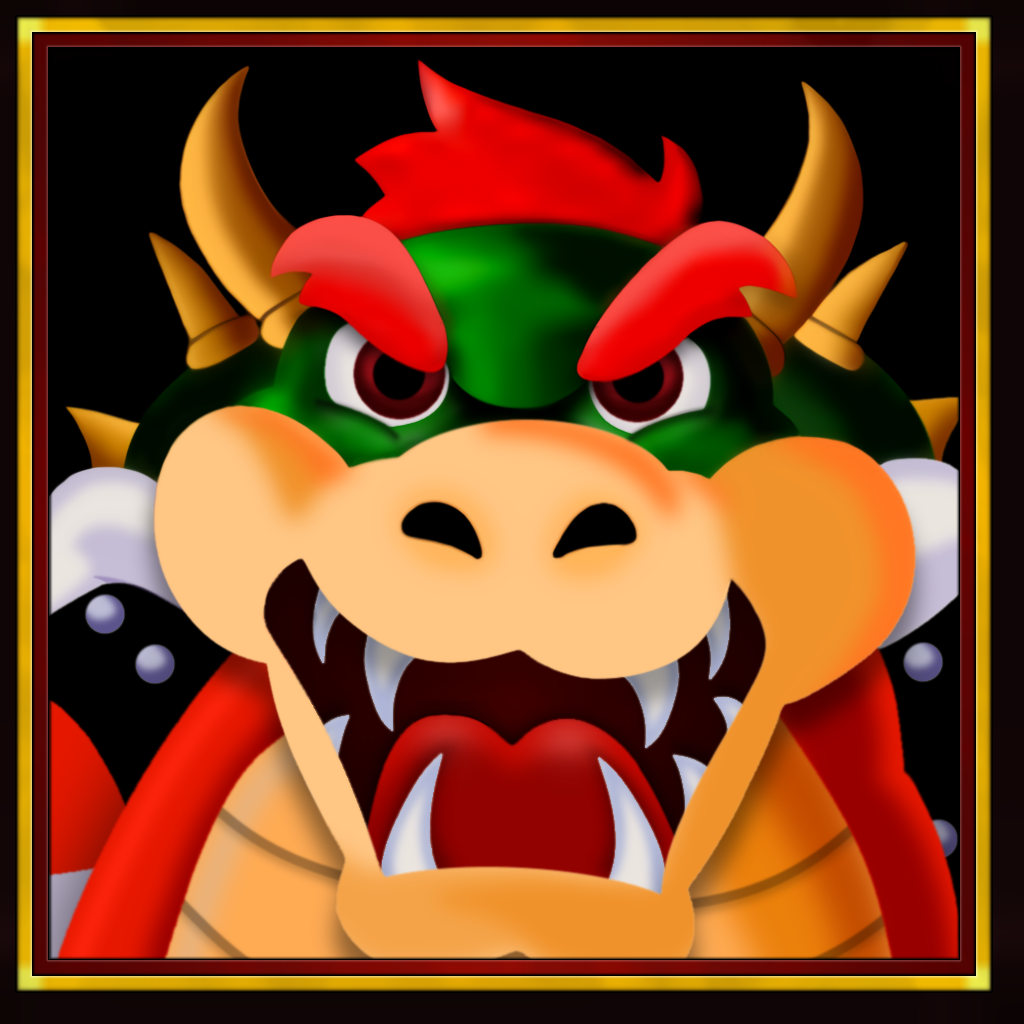
|
| levels/castle_inside/12.rgba16 ... 15.rgba16 | ||
 |
 |
|
| levels/lll/12.rgba16 ... 25.rgba16 | ||
Bowser's portraits inside the castle are lineless redraws of his artwork from these games. A more in-your-face appearance of this artwork shows up in Lethal Lava Land, where it appears in full as a sliding tile puzzle. The only change made to the artwork's appearance here is the color scheme, being altered presumably so the artwork would better resemble his appearance during the Nintendo 64-era.

| Source Texture | Super Mario 64 | Render96 |
 |
 |
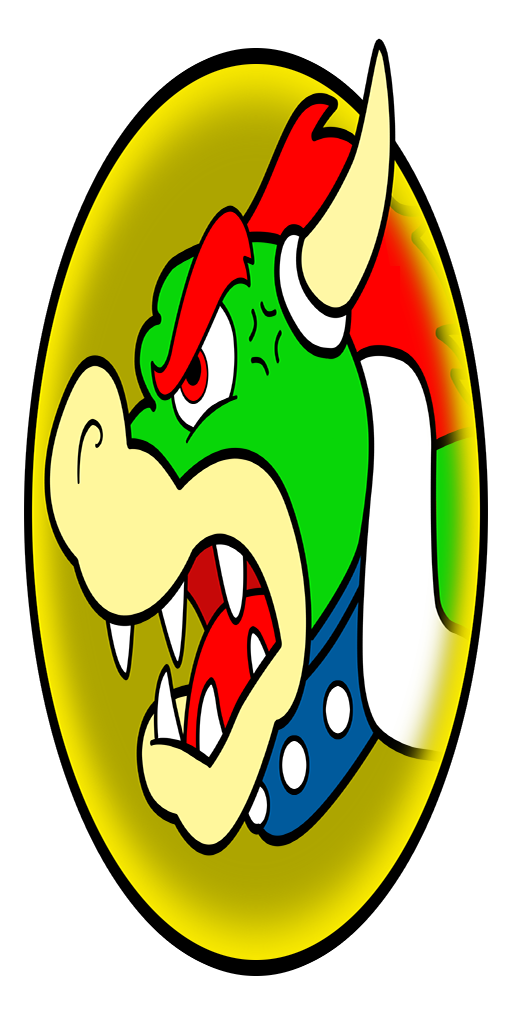
|
| original texture description | levels/ddd/0.rgba16 | |
In the demo build playable at Shoshinkai 1995, the icon of Bowser seen on the Dire Dire Docks sub was originally an altered version of his portraits from inside the castle. This would have been the third appearance of Bowser's front-facing artwork in Super Mario 64, but was ultimately replaced with this artwork of him shown from the side in the final released version.

| Source Texture | Super Mario 64 | Render96 |
 |
 |
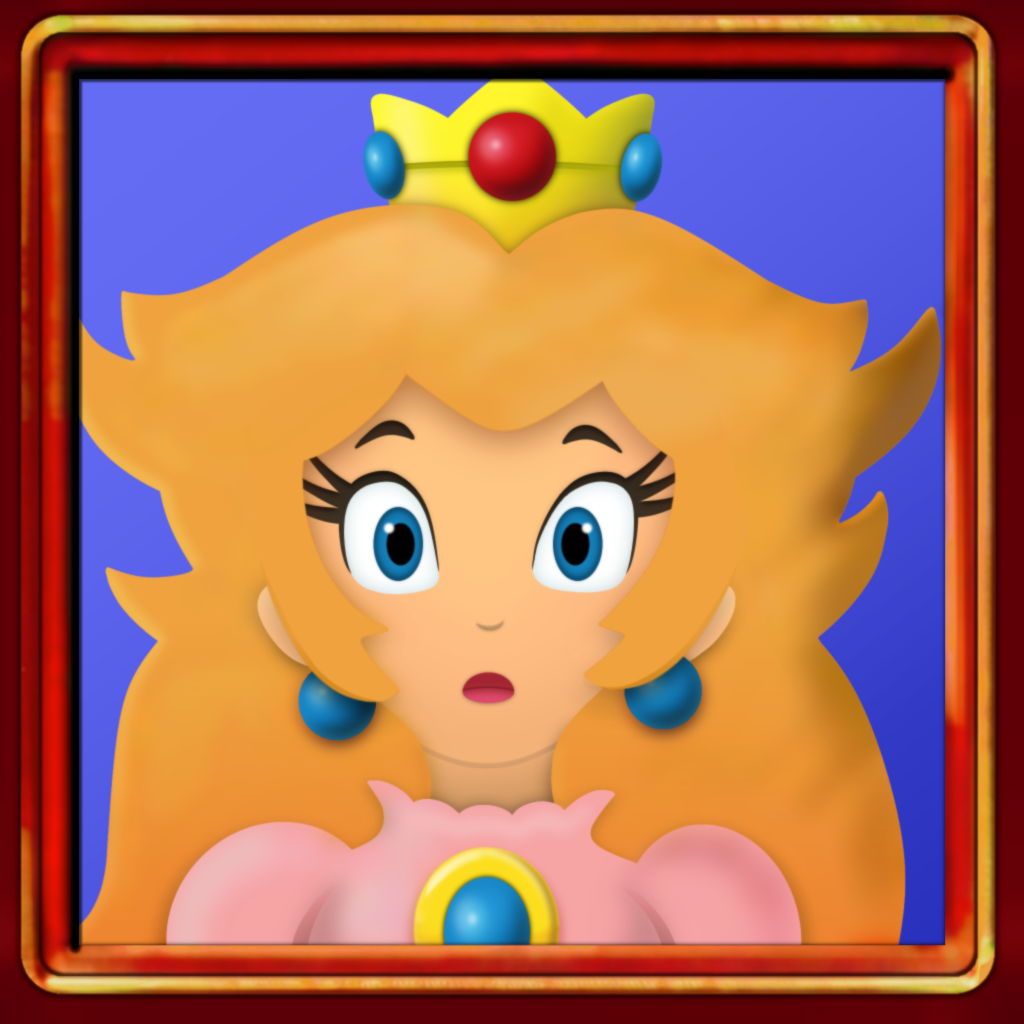
|
| levels/castle_inside/8.rgba16 ... 11.rgba16 | ||
Similarly to Bowser's portraits, Peach's portraits inside the castle are also lineless redraws of Kotabe's Mario series artwork.

| Source Texture | Super Mario 64 | Render96 |
 |
 |
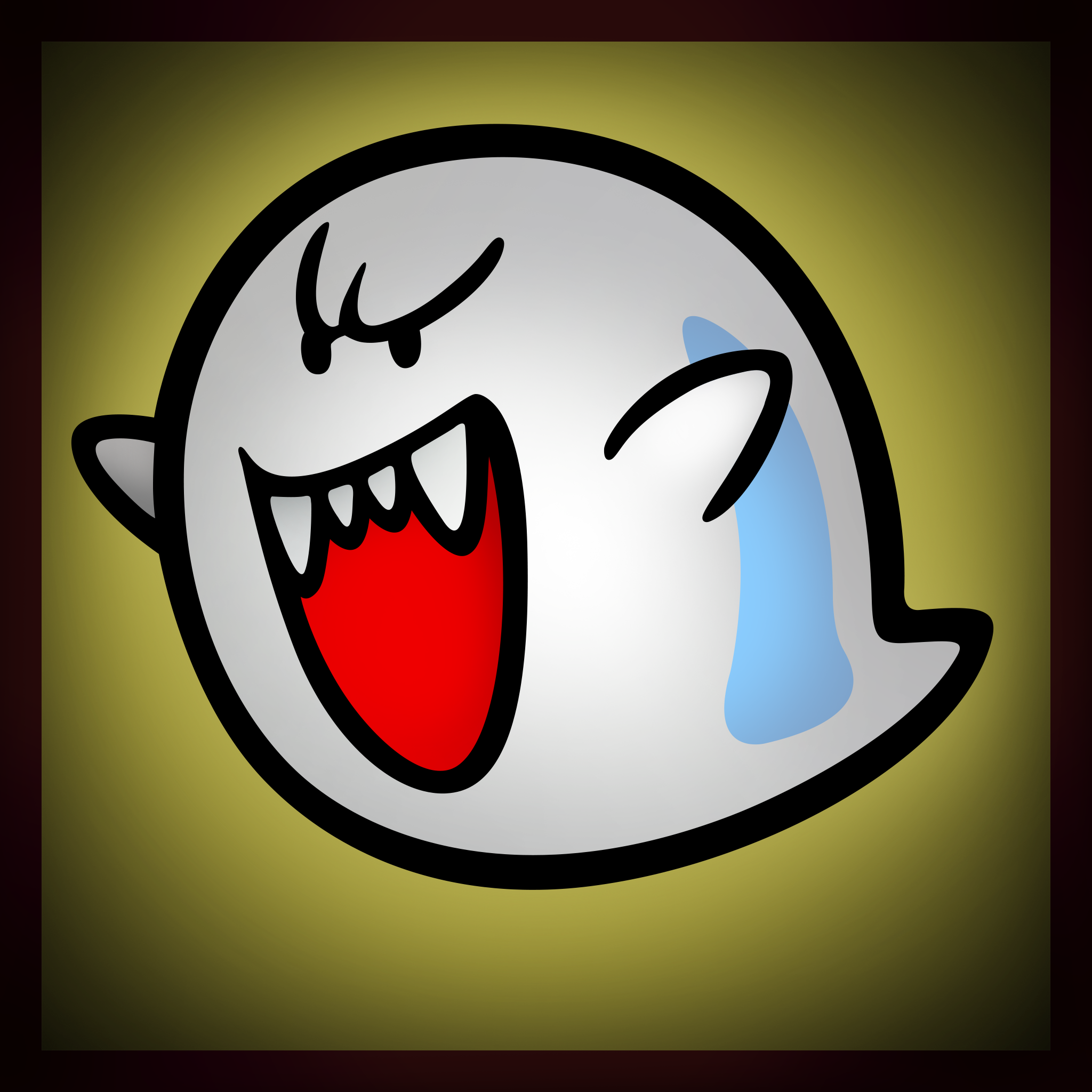
|
| levels/bbh/1.rgba16 | ||
 |
 |
|
| levels/bbh/3.rgb16 | ||
The artwork used for the cowering Boo portrait received some minor edits, turning the blush pink as well as removing the sweat drop present in the original artwork. An earlier variant of this artwork exists for Super Mario Bros. 3 as well, but upon close inspection it appears that the version from Super Mario World specifically was used for the portraits in Big Boo's Haunt.

| Source Texture | Super Mario 64 | Render96 |
 |
 |
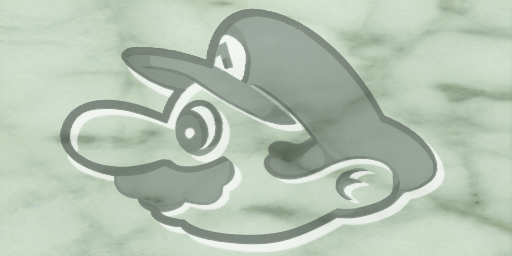
|
| levels/menu/main_menu_seg7.02018.rgba16 | ||
This Mario head seen on empty save files in Super Mario 64 originates from Super Mario World artwork, depicting Cape Mario gliding downward.

| Source Texture | Super Mario 64 | Render96 |
 |
 |
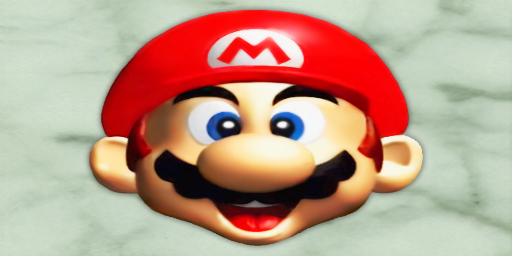
|
| levels/menu/main_menu_seg7.01018.rgba1 | ||
On June 21, 1996, Nintendo launched their official Japanese website, creating a unique 3D model and renders of Mario to coincide. This particular render of Mario with his hands out would greet visitors on the site's homepage. On Wayback Machine, the earliest capture of Nintendo's Japanese homepage is dated after the original homepage had been redesigned, lacking the render of Mario. As such, the full version of this render in its original quality is currently considered lost media, with only obscured or otherwise edited versions of it known to survive.
The head from this render appears on any save file with data written to it in Super Mario 64. This texture is notably the only asset in Super Mario 64 confirmed to reuse non-2D Mario series promotional artwork.

| Source Texture | Super Mario 64 | Render96 |
 |
 |

|
| textures/title_screen_bg/title_screen_bg.00E40.rgba16 ... title_screen_bg.00E40.rgba16 | ||
Although not an asset used for any kind of promotional purposes like the sources listed above, this unused "SUPER MARIO" logo can be found in the data for Super Mario 64. It was traced over to create the tiled background seen on the title screen. The presence of this model in the game's data suggests that it was a remnant of an early in-game logo that got replaced sometime during development.


